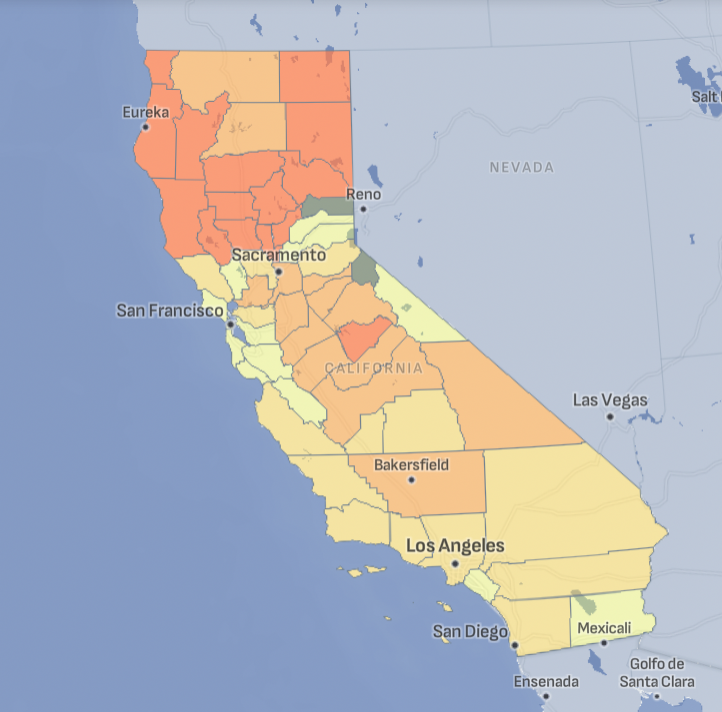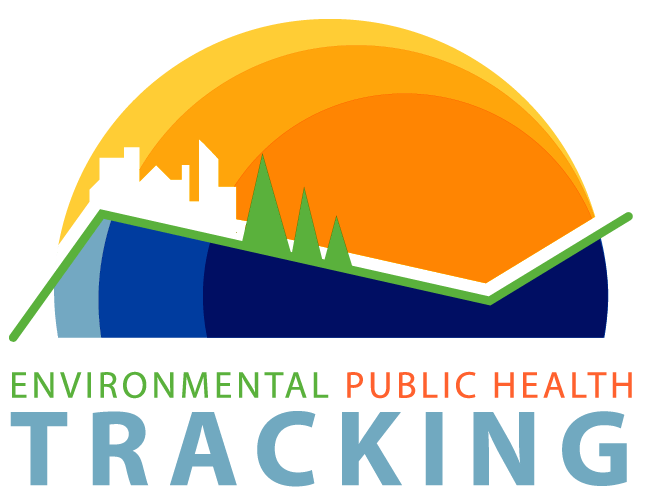Chronic obstructive pulmonary disease refers to a group of lung diseases that make it difficult to breathe. It is the fourth leading cause of death in California.
Chronic Obstructive Pulmonary Disease (COPD) is a large group of lung diseases characterized by airflow obstruction and is often associated with symptoms related to difficulty in breathing, but can be present without any symptoms.
The most important and frequent conditions in COPD are chronic bronchitis and emphysema, but also includes other diagnoses. Symptoms include coughing, shortness of breath, chest tightness, and wheezing.
COPD is a progressive disease, which means that it gets worse over time. COPD also has no cure. For this reason, COPD can result in major long-term disability and can limit people's ability to perform routine activities.
People who have COPD have a higher risk of getting respiratory infections such as a cold, pneumonia, and the flu.
Chronic lower respiratory disease, including COPD, is one of the leading causes of death in the United States.
Sixteen million Americans have been diagnosed with COPD. Two decades ago, more than 50% of adults with poor pulmonary function were not aware that they had COPD, therefore millions more may have it.
COPD Across California
Tracking California provides data on COPD emergency department visits and hospitalization rates for counties across the state.

COPD and the Environment
Indoor and outdoor air pollution exposure has been associated with COPD. The most prominent indoor exposures are from tobacco smoke and the use of biomass fuels, while the most common non-occupational outdoor exposures are particulate matter (PM10 & PM2.5), ozone, pesticides, and sulfur dioxide from automobiles and industrial sources. Occupational exposures such as fumes, gas, and both inorganic and organic dusts have been associated with COPD.
People with COPD are more vulnerable to the effects of air pollution, and at lower levels than people without COPD. Exposure to air pollution has been linked to increases in COPD-related emergency department visits and hospitalizations
While there is some evidence that environmental factors can contribute to the development of COPD, we know much more about indoor and outdoor environmental factors that can exacerbate COPD symptoms:
- Environmental tobacco smoke/Second hand smoke
- Air pollution
- Certain gases, fumes, and dusts in the workplace
Who is Vulnerable to COPD?
The symptoms of COPD can be well controlled with quality health care and a healthy environment. However, smoking, living in areas with poor air quality, and lack of regular medical care contribute to an increase in COPD symptoms and hospitalizations rates.
Other non-environmental risk factors include asthma, smoking, and prior respiratory infections. A current asthma diagnosis has been found to be the most significant risk factor for COPD, higher than cigarette smoking.
Different segments of the population bear a disproportionate burden of COPD. These disparities are significant by sex, race and ethnicity, income, age, and geographic location:
- Females are more likely to report COPD and die at a higher rate due to COPD.
- COPD hospitalizations are three times higher for Blacks compared to all other racial/ethnic groups.
- People aged 65+ are more likely to report COPD.



